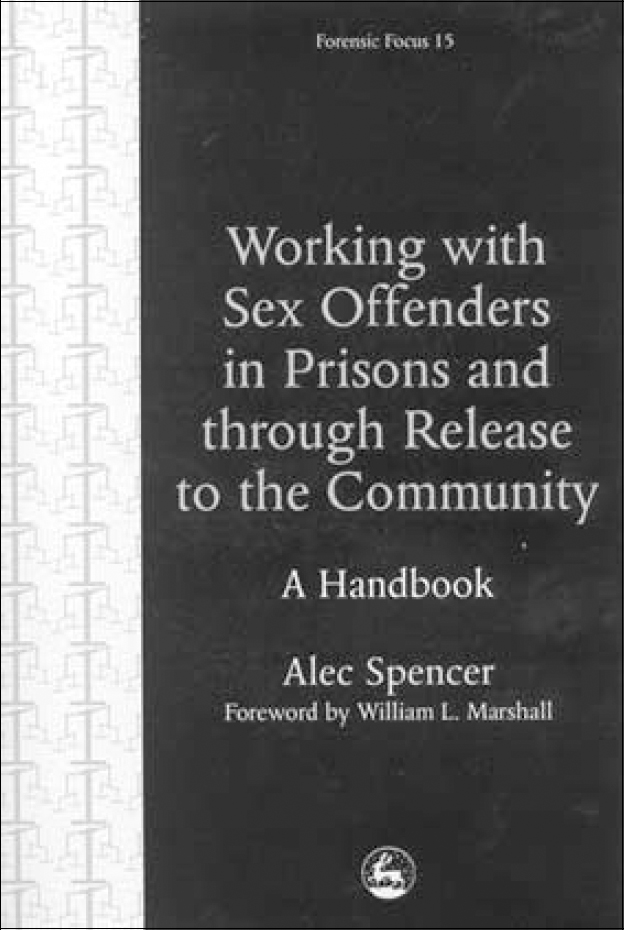Let me first come clean. I remain to be convinced that the sex offender treatment industry as currently organised can justify its existence. I accept the need to do something to reduce the risk of re-offending. Nevertheless, sex offenders are a group par excellence where longterm follow-up is necessary because the risk of recidivism remains for many years. Alec Spencer reinforced my prejudices to a degree by describing a sophisticated treatment programme in Peterhead Prison, Scotland, with a maintenance programme to continue this work throughout the sentence, and then what? How will any gains be maintained in the community? To be fair, in the two chapters on ‘bridging the gap’ the author does tackle these issues, but the effort put into the Sex Offenders Treatment Programme (STOP in Scotland, but SOTP in England and Wales) cannot be supported on the evidence available. It would be surprising if their own treatment programmes in a locked institution could have a significant impact without similar (rather than the current patchy provision) systems in the community for prison programmes to plug into.

Nevertheless, although I did not think I would like the book, I was won over. I liked the style and I liked the layout, with a summary of key points after each section. The section on offenders (particularly female offenders) was informative. At times there was an uneasy shift of focus from Peterhead Prison to a national perspective, which was not always convincing. The author also slips from evidence to opinion rather too easily, sometimes restating opinions as though they are facts. I was mistaken in thinking that this book would only interest those engaged in this work. There are excellent sections on child visiting, the victim's perspective and on pornography in prison, which will be of interest to staff of all disciplines based in secure forensic inpatient units. These services have struggled with these issues (and Ashworth Hospital comes to mind here) and I agree with all that the author says on these topics. Why cannot secure hospital units also be pornography free zones?



eLetters
No eLetters have been published for this article.